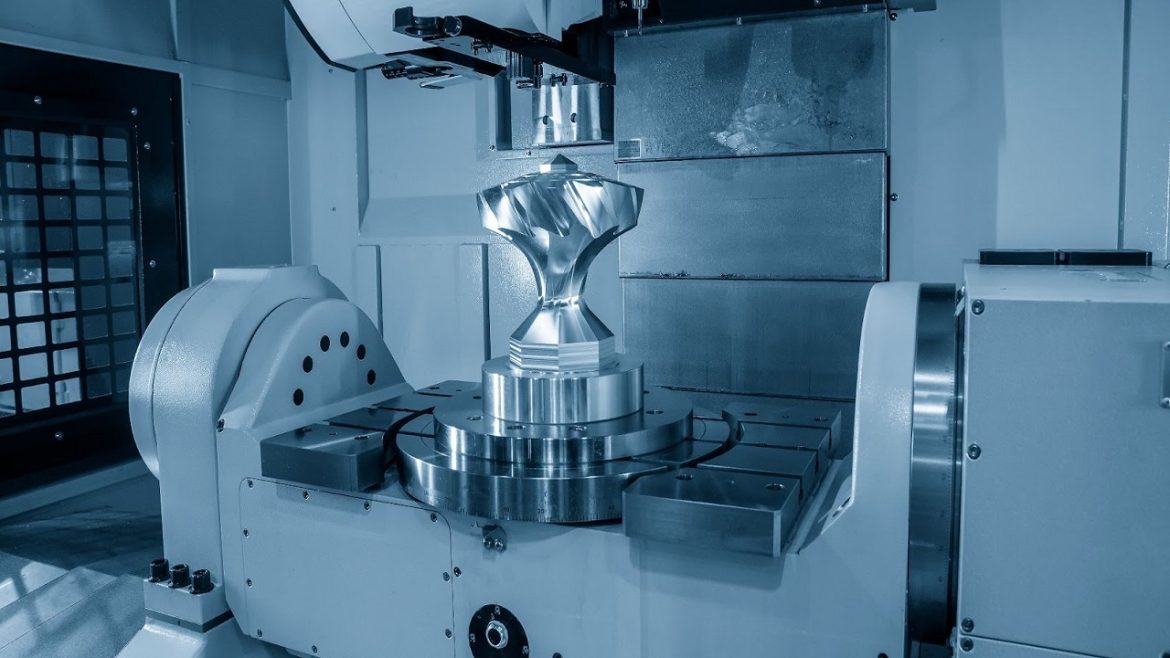CNC (Computer Numerical Control) machining has revolutionized the manufacturing industry, offering precision, efficiency, and versatility. Over the years, CNC machining has evolved significantly, with one of the key advancements being the transition from 3-axis to 5-axis machining. In this article, we will explore the evolution of CNC machining and delve into the differences and advantages of 3-axis vs 5-axis machining.
CNC machining traces its roots back to the mid-20th century when it emerged as a groundbreaking technology. Initially, 3-axis CNC machines dominated the landscape. These machines could move the cutting tool along three axes: X, Y, and Z. This enabled precise control over the position of the tool, allowing for the creation of intricate parts and components.
Understanding the Difference
The primary difference between 3-axis and 5-axis CNC machining lies in the number of axes along which the machines can operate simultaneously. In 3-axis machining, the tool moves along three axes, while in 5-axis machining, it operates along five axes: X, Y, Z, A, and B.
In 3-axis machining, the workpiece typically remains static, and the tool moves around it to create the desired shape. This method is effective for many applications and is known for its simplicity and ease of operation.
Conversely, 5-axis machining introduces additional flexibility. Not only can the tool move along the traditional X, Y, and Z axes, but it can also tilt along the A and B axes. This allows for more complex cuts and the ability to reach angles and features that were once challenging to access. As a result, 5-axis machining is ideal for fabricating intricate and highly precise components.
Advantages of 3-axis Machining
- Simplicity: 3-axis machines are straightforward to operate and do not require specialized programming skills. They are an excellent choice for simpler parts.
- Single Setup: A 3-axis machine can handle all the necessary machining in one setup for parts without overly complex geometries, reducing production time.
- Cost-Effective: 3-axis machines are often more cost-effective, making them a practical choice for budget-conscious projects.
Advantages of 5-axis Machining
- Complex Geometry: 5-axis machining excels in fabricating parts with intricate and complex geometries thanks to its ability to reach all angles and features.
- Precision: The flexibility of 5-axis operations ensures high precision and accuracy, even for the most demanding components.
- Reduced Setup: Unlike 3-axis machines that may require multiple setups, 5-axis machining can complete the entire process without manual repositioning, saving time and effort.
Applications of 3-axis and 5-axis Machining
3-axis machining remains prevalent in automotive, aerospace, and medical industries, where simpler components are produced efficiently. It is commonly used for manufacturing engine cylinders, transmission housing, and brake rotors.
On the other hand, 5-axis machining finds its niche in industries requiring intricate and precise parts. Aerospace relies on it for turbine blades and valves, while the medical field benefits from its ability to create surgical tools, implants, and complex medical devices.
Conclusion
As technology continues to advance, CNC machining will evolve even further. Hybrid machines that combine the advantages of both 3-axis and 5-axis capabilities may become more common, offering versatility and cost-efficiency.
In conclusion, the evolution of CNC machining from 3-axis to 5-axis has significantly impacted the manufacturing industry. While 3-axis machines continue to excel in simplicity and cost-effectiveness, 5-axis machining pushes the boundaries of what is possible in terms of precision and complexity. The choice between the two depends on the project’s specific requirements, highlighting the versatility and adaptability of CNC machining in today’s manufacturing landscape.
